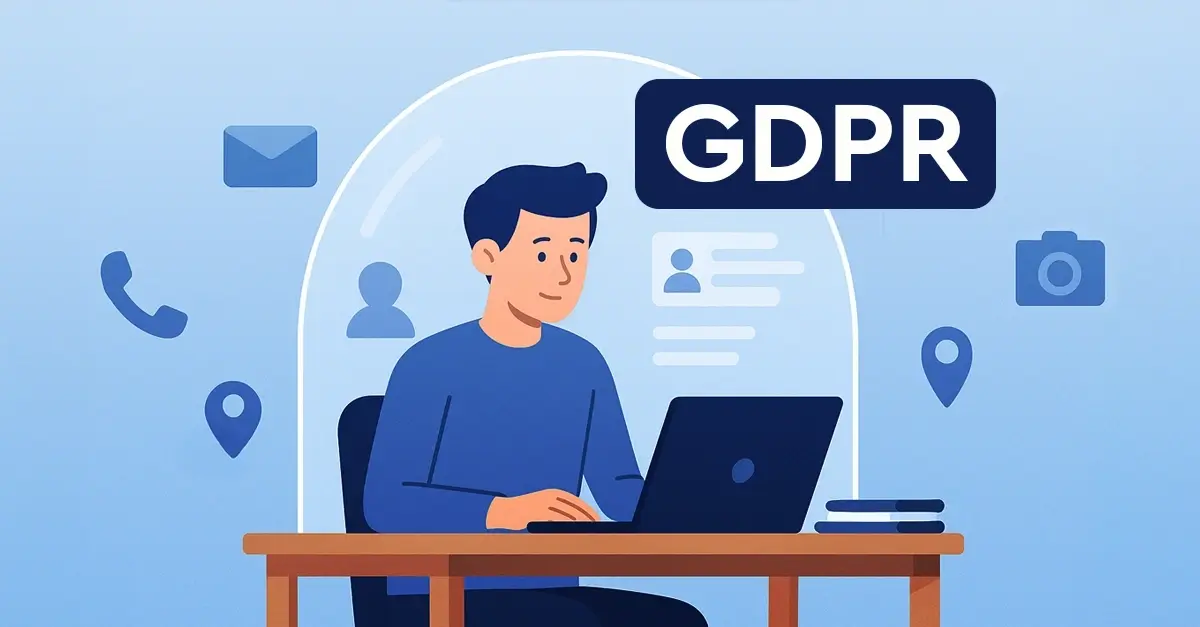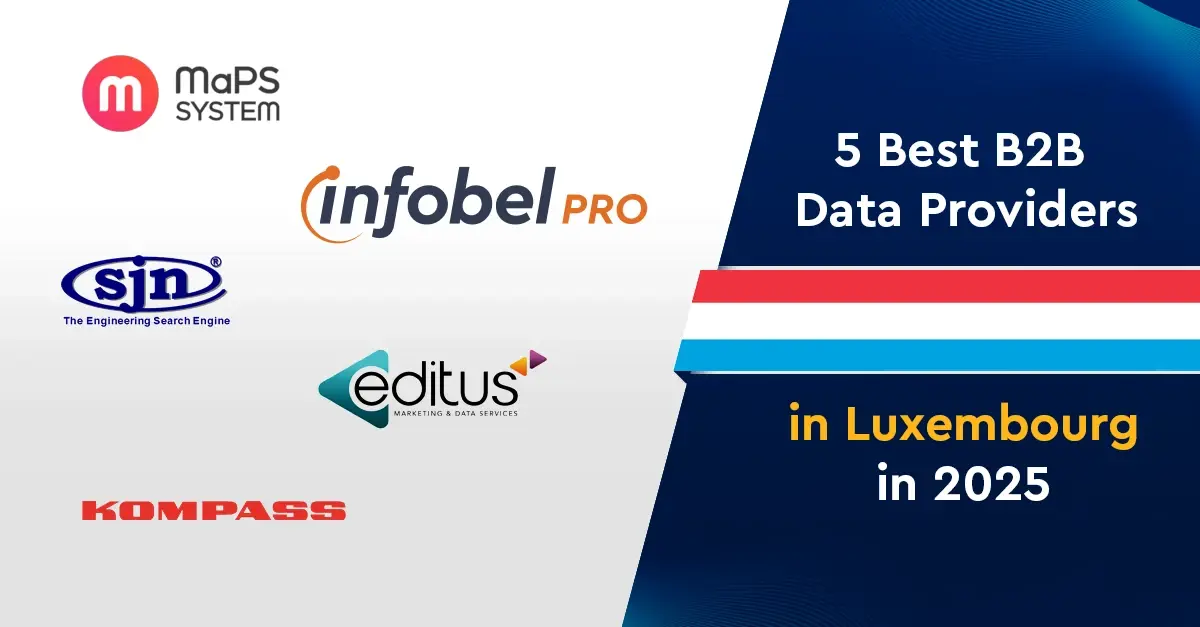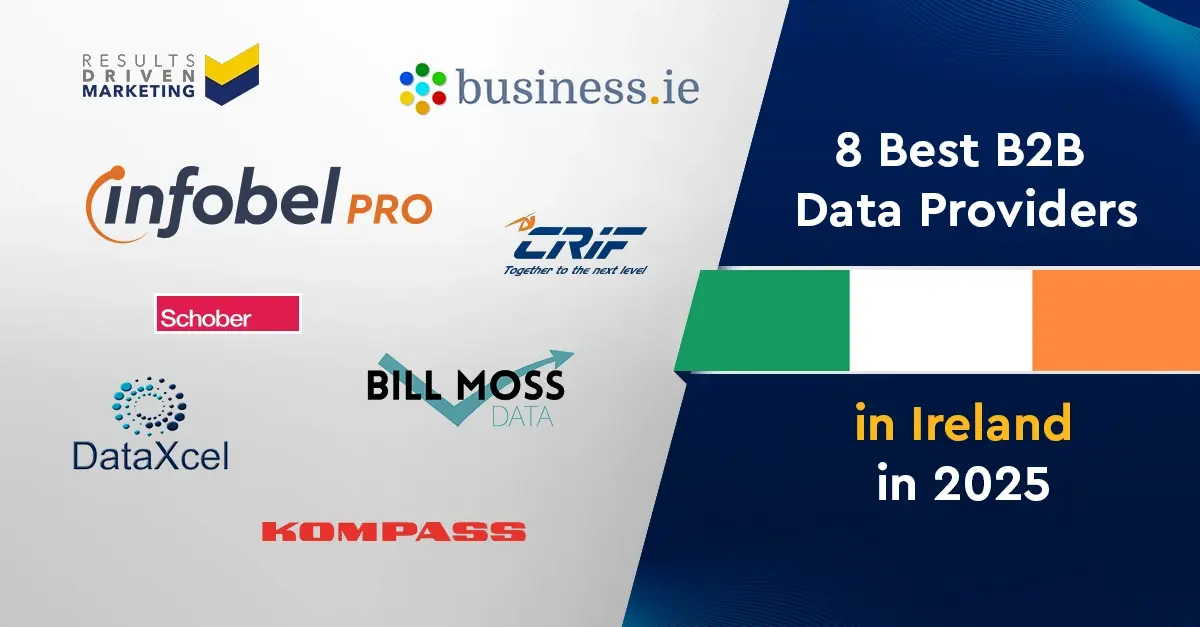Most of the time, while working with data in a spreadsheet, a text file, or even in a database, there occurs a time when you come across the term append data. So let us explain what append data meaning is.
Appending data simply adds new and up-to-date information on a missing or existing data set without deleting, changing, or affecting existing information. First, everyone who works with data daily should understand what appending data means, as it ensures the growth of your amount of information while retaining its integrity.

What Does Append Data Mean?
Data append is the process of adding missing data to the file where data stored, may be outdated or simply missing some information. This involves incorporating other data to supplement what is already in your file or the database. Data appending also may mean adding new contacts or changing details such as phone numbers, firmographic data, and any others that will enhance the data’s effectiveness.
This technique is the most popular and lets you add extra data to your XML or CSV file without overwriting or losing what’s already there. For instance, in a spreadsheet, you might have a column with this label, customer name. When one is done with one store, instead of rewriting them all, one writes the new customer’s name at the end of the list.
It is not solely delimited to lists, but also other forms of data structures and ways of storing the same. You can deal with extra big bases of information, numerous meticulously ordered tables, or ordinary single-line text files. There are always consistent and reliable ways of managing information growth–and the method of appending is one of them.
Understanding the Data Append Definition
Finally, in raising the concept of data appending, one will refer to the process of appending new data to the last section in an existing file or dataset. This method is popular in different spheres, such as marketing, data analysis, or software development, as it helps to add new info into a report without changing the primary data.
The append data operation can be best seen as positioning the operation as the key operation in the data processing. It is one of the basic techniques data professionals use because of its efficiency and ease of use. It is the simplest data runner but is widely used in any data pipeline, from low-level data input to high-level data processing.
Benefits of Data Appending
Data appending offers several advantages, particularly for nonprofits and businesses focused on customer engagement.- Enhanced Data Quality
Append data completes information in databases so that there are no missing pieces of information and they are up to date. - Improved Personalization
It is useful for creating more specific marketing and communication plans because it provides further and more comprehensive information. - Updated Contact Information
It is a key to retain the contact information, especially when carrying out an outreach campaign. - Stronger Provider or Customer Relationships
Enhances interactions that mean that engagement and addition to courses/programs can be made.
Steps Of Data Appending
- Prepare Data
Example: There is a typical sequence of operations before you add a new customer list to your existing database: you start with the cleansing of your present database (removing duplicates, correcting field formats, etc., converting address fields to uniform formats). You then make sure that the new data you are entering is in the same format as those of your records. - Choose the Right Data
Example: Assume that you have information about the current customers and their buying behavior. You want to append this data with other data as demographic data. The information is then merged based on customer ID, for instance, with a third-party provider’s demographic information. You make sure that the extra fields (age, income level, or any other field) have been tailored to meet your marketing objectives for groups of interests. - Verify Data Accuracy
Example: When you add new contact information to your email marketing list you do a data quality check by comparing a sample of the new data with a list of known good email addresses and phone numbers to verify that the existing data, at least a sample of it, has been entered correctly into your email marketing list. - Follow Data Hygiene Practices
Example: You use scheduled batch processes to remove outdated records from your customer data, fix data entries, or ensure that all data are formatted appropriately. Some of these updates are done routinely, for instance, quarterly to ensure the quality of the dataset is retained. - Work with Trusted Providers
Example: You source for more contact details for your B2B marketing campaign to the right data provider that can sell you the lists. Towards the end of the purchase, you ensure that the provider has complied with issues to do with data protection measures such as GDPR and ensure that the provider abides by the law of the land on matters to do with data collection.
Principles of Data Appending
When incorporating data appending into your organization's strategy, consider the following principles:
- Focus on Data Quality
Honest information and facts are important if one has to market their products effectively. This is a problem in the sense that incomplete, inaccurate, or irrelevant data can entail costs, time, and effort that would otherwise have been used to address other issues.
- Establish Data Hygiene Procedures
Sort your database and make it fit for appending more information. This makes the appending process to be efficient and effective.
- Define Marketing Goals and Objectives
Thus, before appending data, try to identify what kinds of data are more suitable for an organization in terms of its goals. As a result, it is possible to prevent the accumulation of unnecessary costs and the creation of additional tables.
- Work with a Reputable Data Provider
Make certain that the data added is reliable, checked, and conforms to such rules as the CAN-SPAM Act, GDPR, and CASL.
- Consider Outsourcing Data Appending Services
Specialized providers make this even easier such as InfobelPro, who can extend specific solutions and assistance thus minimizing time, energy, and money used.
Why Appending Data Is Important
Now you know what is data appending, but more importantly, why it should matter to you. This occurs in most disciplines and it is a very important process. For instance, in marketing, you may wish to create a new database of customer information to load on an existing list. In health care, append data can retain all the records of the patient in a particular order, they do not have to be erased when newer ones are entered. And in finance, every transaction is certainly recorded in an orderly manner, to build a strong documented history.
- Marketing Applications
In marketing, appending is used in updating the customer databases by adding extra information to the existing database. It may involve getting customer data such as demographic data, purchase data, or other behavioral data and incorporating the data into existing customer profiles. Hence, by appending such information, marketers can develop better marketing advertisements, better segments of customers, and thus more publicity, leading to more publicity and Return on Investment (ROI).
- Healthcare Applications
In the healthcare industry, appending data is vital, especially in the tracking of a patient’s records. For instance, if a patient were to go to see the doctor, he or she does not lose their medical history nor is it overwritten. However, information like diagnosis, treatments, or prescription is added as new to the particular record of an individual. This saves the time of trying to get all the patient details from other sources to make informed decisions on his/her case.
- Financial Applications
In finance, appending data is very important to ensure that there are proper records of all the financial activities. For instance, when a transaction is made, it creates a record of the account in the list of the records of transactions or ledgers. This results in the generation of some sort of timeline of all the transactions, making them ideal to be used in auditing, reporting, and even compliance processes
Frequently Ask Questions About Appending Data
What is the difference between data merge and append?
Merging data usually means putting two data sets together into one with the matching of the data records as necessary. Appending data adds information to the last part of a dataset and has the same number of fields and records as the to-be-appended data contains.
For instance, merging can mean the integration of data from two sources where records such as the email address can be matched. On the other hand, appending would involve incorporating new records of customers separately at the end of the already existing data set without combining the data.
What does it mean to append to a file?
Appending to a file means that new information enters the file and is placed at the end of the file content irrespective of what is contained in the file at the time of entry. This is often accomplished in log files in which new entries are added at the end so that there is a record of events or actions taken.
How does one distinguish between inserting and appending data?
The insertion operation writes new data between the current data, and the append operation always writes data at the last.
What kind of data is usually appended?
Commonly appended data includes:
- Business Data: Company contacts, company size, industry data, and company leaders.
- Financial Data: Sales, gross and net income, credit standings.
- Technographic Data: Software and hardware, specific use of technology.
- Demographic Data: Demographic factors such as; age, sex, income, and educational level.
- Behavioral Data: Consumer buying history, consumer website visits.
- Geographical Data: Street, sex, regional trends.
Conclusion
It is crucial to comprehend the meaning of the append data and the definition of appending data. For example, when dealing with files, databases, or even spreadsheets, having the right way of appending data means that your datasets are always in order and complete. Thus, by heeding the presented guidelines and referring to the given examples, you can append data in any context without losing the quality of the info and extending the base datasets.





Comments